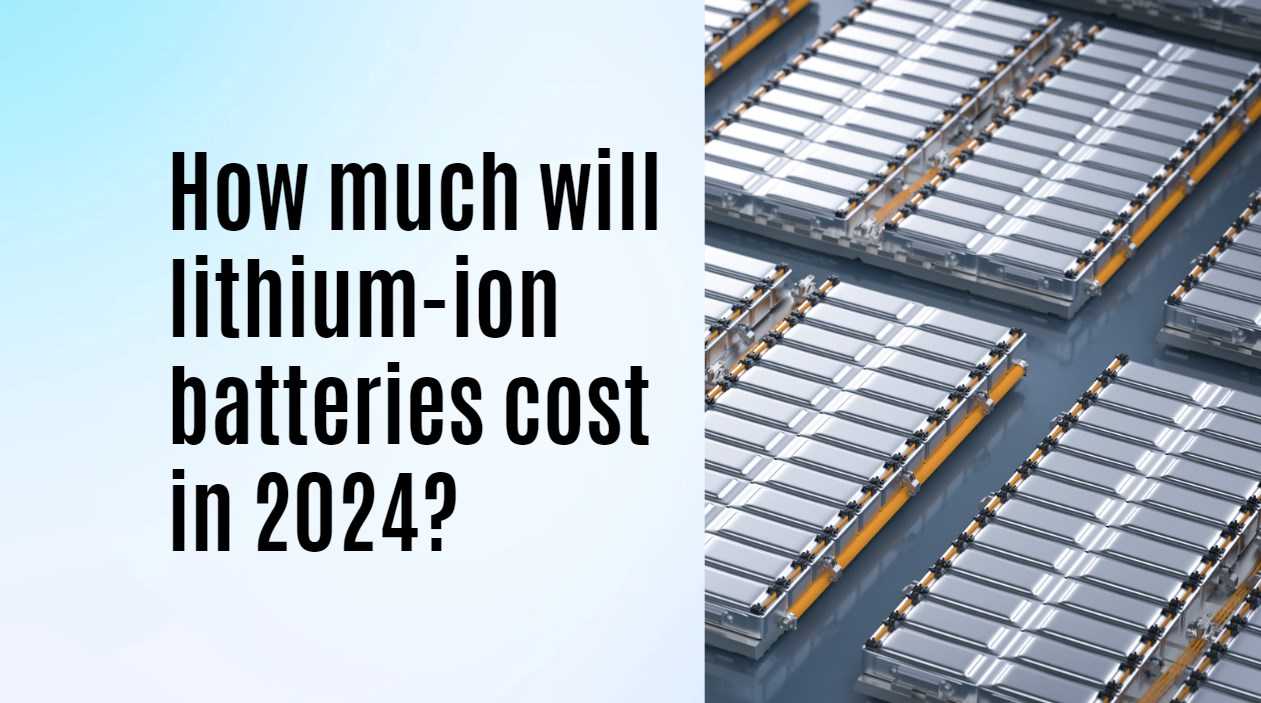In 2024, the cost of lithium-ion batteries is expected to continue its downward trend. Current projections indicate that average battery pack prices could drop to approximately $133 per kilowatt-hour (kWh), down from around $139/kWh in 2023. This decline is attributed to several factors, including increased production capacity and the stabilization of raw material prices.
Factors Influencing Battery Prices
1. Raw Material Costs
The prices of essential raw materials, such as lithium, nickel, and cobalt, play a significant role in determining the overall cost of lithium-ion batteries. Recent trends show that these material costs have stabilized after experiencing volatility in previous years. This stabilization is crucial for manufacturers as it allows for more predictable pricing strategies.
2. Technological Advancements
Ongoing advancements in battery technology are leading to more efficient manufacturing processes and improved battery chemistries. Innovations such as lithium iron phosphate (LFP) batteries are becoming increasingly popular due to their lower costs and enhanced safety features. LFP cells are projected to average around $95/kWh in 2023, making them a competitive option in the market.
3. Economies of Scale
As production volumes increase, manufacturers benefit from economies of scale, which help reduce the cost per unit. The growing demand for electric vehicles (EVs) and energy storage solutions is driving this increase in production capacity, further contributing to lower prices.
Market Trends and Predictions
According to recent analyses, battery prices are expected to decline by about 10% annually over the next few years. By 2025, prices could potentially reach as low as $113/kWh, and by 2030, they may drop to around $80/kWh. This trend reflects a broader shift towards more sustainable energy solutions and the increasing adoption of electric vehicles.
Latest News
- A recent report indicates that lithium-ion battery pack prices have reached a record low of $139/kWh in late 2023.
- Analysts predict a further decline in battery costs due to improved production efficiencies and reduced raw material prices.
- The adoption of LFP batteries is gaining momentum as manufacturers seek cost-effective alternatives to traditional lithium-ion chemistries.
- Market experts expect global battery demand to grow by approximately 29% in 2024, driven by the continued expansion of the EV market.
Redway Expert Comment
“The ongoing decline in lithium-ion battery prices is a positive development for both consumers and manufacturers. At Redway Battery, we recognize that advancements in technology and increased production capacity are key drivers behind this trend. As we move forward, we anticipate that these changes will not only make batteries more affordable but also enhance their performance and sustainability.”




